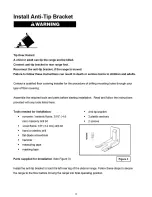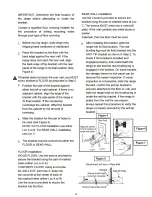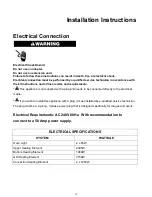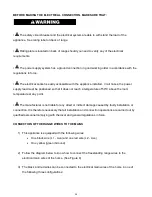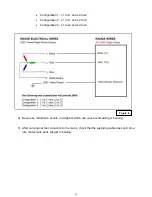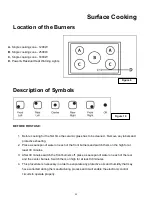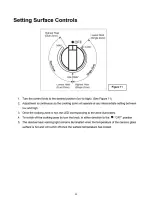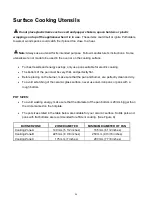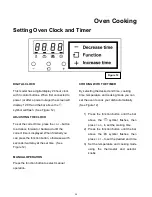
Ventilation Requirements
The range should have proper ventilation in order to keep the unit operating properly and maintain the
temperature of immediate surroundings within safe limits. Check your local building codes as they
may vary from the general rules outlined in this guide. It is recommended that a hood be installed
above the range that is rated no less than 400 CFM. This will provide adequate ventilation for this
range. Mounting distance of your ventilation is outlined by the manufacturer of your hood.
•
Observe all governing codes and ordinances. Do not obstruct flow of combustion and ventilation
air.
•
It is the installer’s responsibility to comply with installation clearances specified on the
model/serial rating plate.
•
The range should be located for convenient use in the kitchen.
•
Recessed installations must provide complete enclosure of the sides and rear of the range.
•
To eliminate the risk of burns or fire by reaching over heated surface units, cabinet storage
space located above the surface units should be avoided. If cabinet storage is to be provided, the risk
can be reduced by installing a range hood or microwave hood combination with minimum 400 CFM
that projects horizontally a minimum of 5" (12.7 cm) beyond the bottom of the cabinets. (See Figure
1)
•
If a range hood is installed above the appliance, maintain a 30” minimum clearance between
cooking surface and bottom of range hood. The range hood must be connected directly to flues or to
the outside. (See Figure 1)
•
Avoid placing cabinetry directly above the appliance when possible. If cabinetry is used above
the cooking surface, use cabinets no more than 13″ deep. Make sure the wall coverings, countertop
10

















